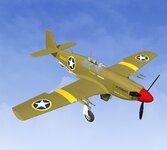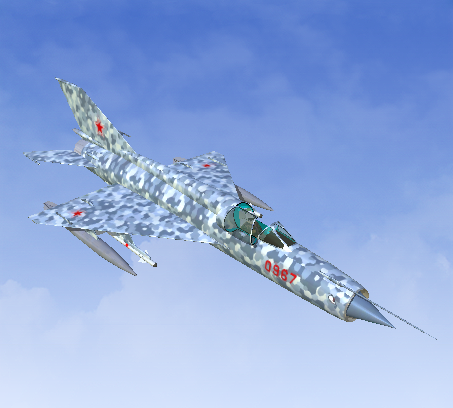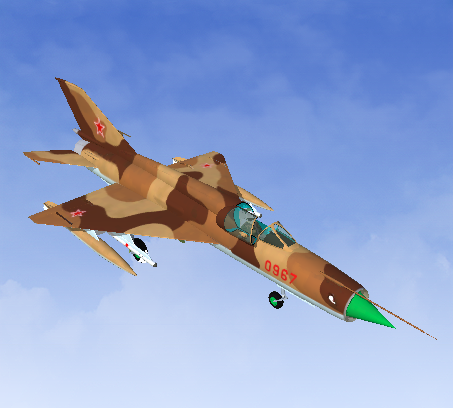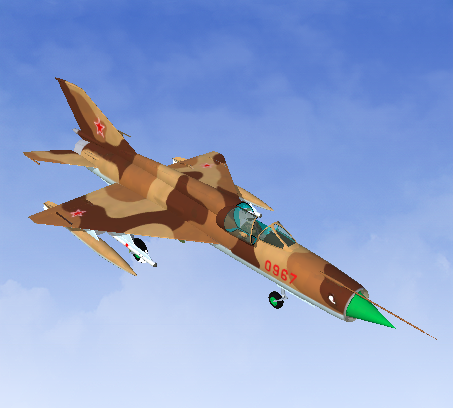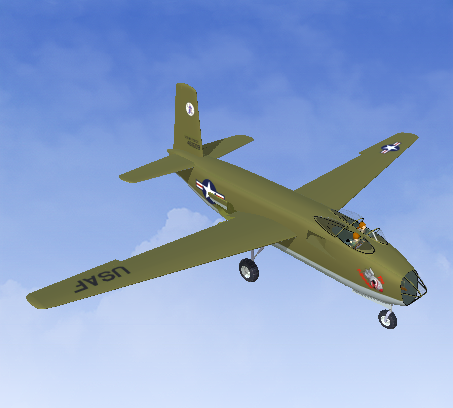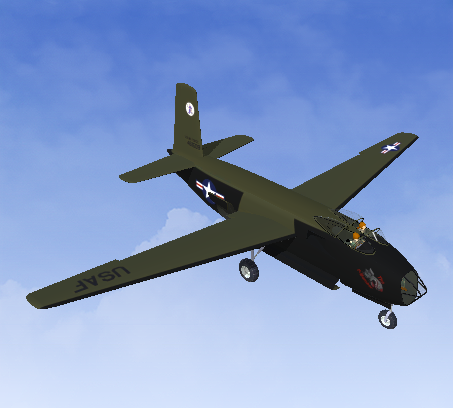The North American Aviation P-51 Mustang is an American long-range, single-seat fighter and fighter-bomber used during World War II and the Korean War, among other conflicts. The Mustang was designed in April 1940 by a team headed by James Kindelberger of North American Aviation (NAA) in response to a requirement of the British Purchasing Commission. The Purchasing Commission approached North American Aviation to build Curtiss P-40 fighters under license for the Royal Air Force (RAF). Rather than build an old design from another company, North American Aviation proposed the design and production of a more modern fighter. The prototype NA-73X airframe was rolled out on 9 September 1940, 102 days after the contract was signed, and first flew on 26 October.
The Mustang was designed to use the Allison V-1710 engine, which had limited high-altitude performance in its earlier variants. The aircraft was first flown operationally by the RAF as a tactical-reconnaissance aircraft and fighter-bomber (Mustang Mk I). The P-51 was used by Allied air forces in the North African, Mediterranean, Italian, and Pacific theaters. During World War II, Mustang pilots claimed to have destroyed 4,950 enemy aircraft. Later variants were used elsewhere in Europe and in future wars
The Variant modeled Is a pre-A model P-51 (NA-91) the British called it a Mustang MK.1A with the all-cannon armament from the USAAC mustangs. It is not an A-36 it is not a P-51A.
controls
1-4 are standard
dual rates switch is the cannon trigger
flaps and retracts are standard
the sliders pan and yaw one of the two pilot cameras the other is stationary
The Mustang was designed to use the Allison V-1710 engine, which had limited high-altitude performance in its earlier variants. The aircraft was first flown operationally by the RAF as a tactical-reconnaissance aircraft and fighter-bomber (Mustang Mk I). The P-51 was used by Allied air forces in the North African, Mediterranean, Italian, and Pacific theaters. During World War II, Mustang pilots claimed to have destroyed 4,950 enemy aircraft. Later variants were used elsewhere in Europe and in future wars
The Variant modeled Is a pre-A model P-51 (NA-91) the British called it a Mustang MK.1A with the all-cannon armament from the USAAC mustangs. It is not an A-36 it is not a P-51A.
controls
1-4 are standard
dual rates switch is the cannon trigger
flaps and retracts are standard
the sliders pan and yaw one of the two pilot cameras the other is stationary


